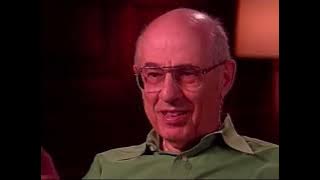Large-scale mathematical formalization projects
Principia Mathematica
The Principia Mathematica (often abbreviated PM) is a three-volume work on the foundations of mathematics written by mathematician–philosophers Alfred North Whitehead and Bertrand Russell and published in 1910, 1912, and 1913. In 1925–1927, it appeared in a second edition with an important Introduction to the Second Edition, an Appendix A that replaced ✸9 and all-new Appendix B and Appendix C. PM is not to be confused with Russell's 1903 The Principles of Mathematics. PM was originally conceived as a sequel volume to Russell's 1903 Principles, but as PM states, this became an unworkable suggestion for practical and philosophical reasons: "The present work was originally intended by us to be comprised in a second volume of Principles of Mathematics... But as we advanced, it became increasingly evident that the subject is a very much larger one than we had supposed; moreover on many fundamental questions which had been left obscure and doubtful in the former work, we have now arrived at what we believe to be satisfactory solutions." PM, according to its introduction, had three aims: (1) to analyze to the greatest possible extent the ideas and methods of mathematical logic and to minimize the number of primitive notions, axioms, and inference rules; (2) to precisely express mathematical propositions in symbolic logic using the most convenient notation that precise expression allows; (3) to solve the paradoxes that plagued logic and set theory at the turn of the 20th century, like Russell's paradox. This third aim motivated the adoption of the theory of types in PM. The theory of types adopts grammatical restrictions on formulas that rules out the unrestricted comprehension of classes, properties, and functions. The effect of this is that formulas such as would allow the comprehension of objects like the Russell set turn out to be ill-formed: they violate the grammatical restrictions of the system of PM. There is no doubt that PM is of great importance in the history of mathematics and philosophy: as Irvine has noted, it sparked interest in symbolic logic and advanced the subject by popularizing it; it showcased the powers and capacities of symbolic logic; and it showed how advances in philosophy of mathematics and symbolic logic could go hand-in-hand with tremendous fruitfulness. Indeed, PM was in part brought about by an interest in logicism, the view on which all mathematical truths are logical truths. It was in part thanks to the advances made in PM that, despite its defects, numerous advances in meta-logic were made, including Gödel's incompleteness theorems. For all that, PM notations are not widely used today: probably the foremost reason for this is that practicing mathematicians tend to assume that the background Foundation is a form of the system of Zermelo–Fraenkel set theory. Nonetheless, the scholarly, historical, and philosophical interest in PM is great and ongoing: for example, the Modern Library placed it 23rd in a list of the top 100 English-language nonfiction books of the twentieth century. There are also multiple articles on the work in the peer-reviewed Stanford Encyclopedia of Philosophy and academic researchers continue working with Principia, whether for the historical reason of understanding the text or its authors, or for mathematical reasons of understanding or developing Principia's logical system. (Wikipedia).




















